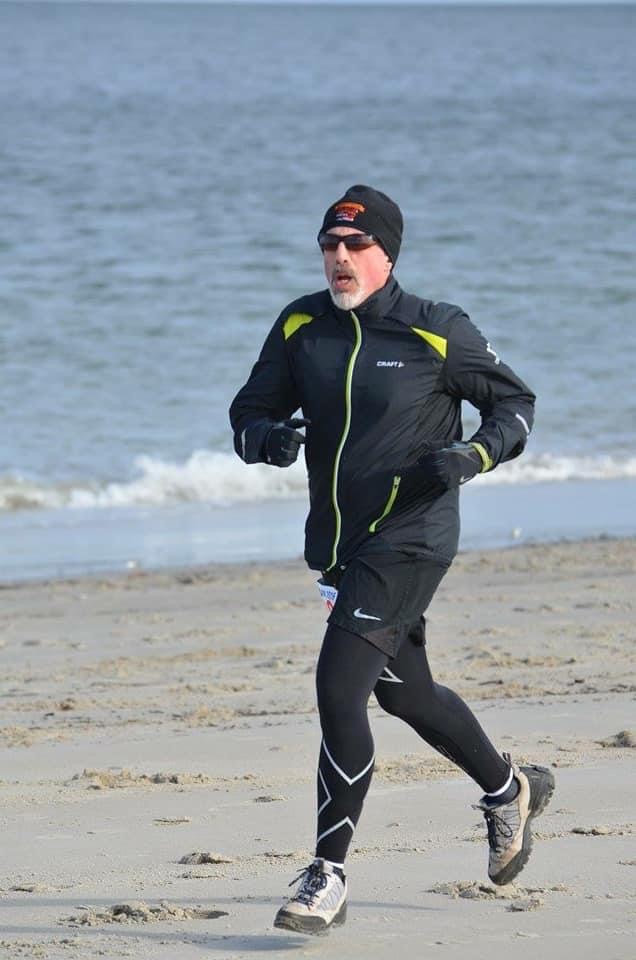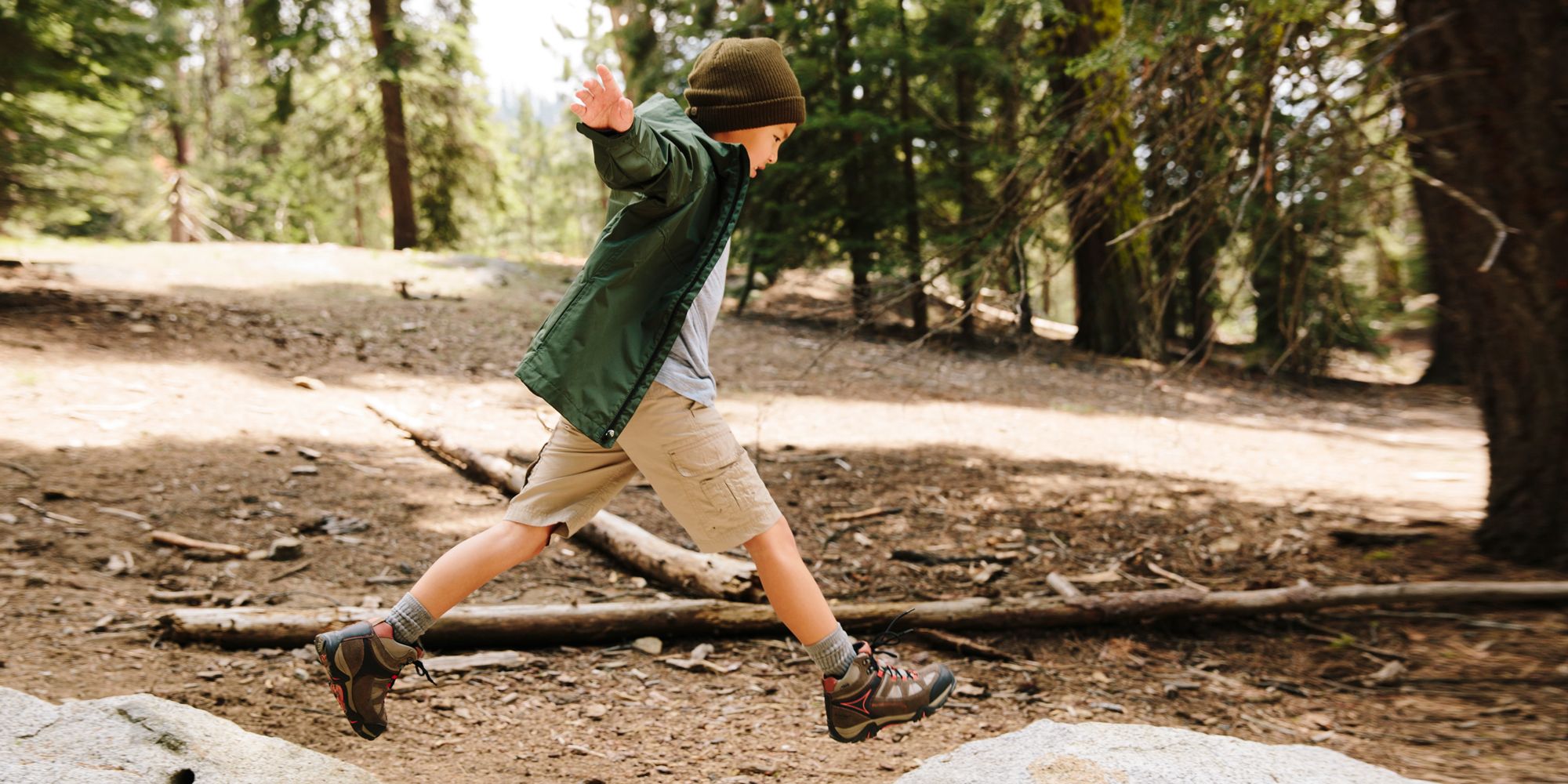6 Tips for Running on the Beach and Avoid Injuries
 6 Tips for Running on the Beach and Avoid Injuries www.walkjogrun.net
6 Tips for Running on the Beach and Avoid Injuries www.walkjogrun.net We have all seen the movies of someone running at the beach, right along the water. Seeming to run effortlessly, the waves splash at her feet while her hair flows behind her in the breeze. Is this what you envision of yourself running on the beach?
If you have ever run on the beach, you know that the picture-perfect movie theater vision does not always match reality. Running on the beach can be just plain hard. There are real perks to doing it, even though it is challenging. Also, there are ways to make it easier.
Keep reading for tips to help you on your next beach running adventure!

Jeff Loeb: Everyone thinks about warm weather when you say “beach run,” but the beach is beautiful year-round. Not a fan of running in the sand but you can’t beat these views!
Tips for Running at the Beach!
If you plan to go running on the beach, here are a few quick tips:
- If you normally run wearing shoes, wear them!
- Use sunscreen!
- Wear sunglasses. Protect your eyes from that glare off of the water!
- Slow down. Don’t expect to run your normal pace!
- Be mindful of the slant if you are running near the edge of the water.
- New beach runners, stick to short runs.
What is The Best Way to Run on the Beach?
If you are looking for the easiest surface for running, you want to be out at low tide. If you run at low tide and stick close to the edge of the water, you will most likely find hard-packed, wet sand. This surface will be similar to a soft trail in the woods.
Easy on your body as far as impact goes, it will not be loose and cause you to struggle with footing. Wherever you plan to run, you should be able to find a low tide report so that you can find the best time and place to run.

Stephanie Justus: Running in sand is a lot harder than it looks but for me, there is nothing like running next to the ocean. It is my favorite place!
Do You Wear Shoes When Running on the Beach?
Personally, I advise runners to wear shoes when running on the beach for a couple of reasons. First, you will find shells, rocks and even broken pieces of glass on a beach. These little land mines are just waiting to cut the bottom of your foot.
Although running on the cool, wet sand seems like it would feel great (and it probably would!), that awesome feeling would end the second your foot connected with a broken shell.
Those who are not acclimated to barefoot running should be leery of jumping right into that anyway, no matter how tempting it seems. If you are really determined to run barefoot, be careful. Also, remember that any barefoot running should be eased into. You should not run for more than 15 minutes or so in your first time trying barefoot running.
Typical running shoes can certainly be worn on the beach. You may find you prefer a shoe more like a racing shoe for your beach running. Whatever shoes you do choose, prepare to dump out sand at the end of your journey.

Helaine Mercer: Surprise sight on a beach run. I saw a release of some sea turtles!
Is Running on the Beach Bad for Your Knees?
Due to the instability of sand, running on the beach can be hard on your knees. It can be easy to twist or turn a knee and end up injured.
Having said that, the softer surface can actually be beneficial for runners with joint pain. Acting as a shock absorber, the sand can be easier on the body. It depends on how much stability of surface you need as a runner.
Running in sand can actually worsen tendonitis of the knee. Knee sprains are also a common injury people get from sand running. If you are switching to beach running to help prevent injuries, that is the last thing you want to happen! None of us wants to trade one problem for another.
Advantages to Running on Sand
Running on sand will net you some clear advantages. First, it is easier on the joints. Second, you will build stability in certain muscles. Since sand is not as stable as other surfaces, you have to engage muscles to keep stability so you stay upright.
Running on sand expends more energy than running on asphalt, therefore you will get a great workout in. A run at what is normally an easy pace for you might feel super challenging in sand. This is one reason people warn newbie beach runners to slow down.

Perhaps the best advantage to beach running is the incredible view. You sure can’t beat it!
Is Running on Sand Better for Your Joints?
Since sand is a much softer surface than asphalt or concrete, running on sand can be much easier on your joints. The natural shock absorbing factor of sand is similar to running on a track that you can wear spikes on.
Sand running also requires more from your body if the sand is not hard-packed. This can have your workout benefits increase!
Any Drawbacks?
There are downsides to running on the beach:
- Soft sand can lead to twisting your ankle, knee, etc.
- There can be sharp objects hidden in the sand. (Danger, barefoot runners!)
- Can worsen plantar fasciitis.
- Sand can get very hot! Be mindful of that if running barefoot.
- Running on sand can feel unstable.

Kathryn Padgett submitted this photo of the Sand-sational 8K race in North Carolina. According to Padgett, “the sand was hard-packed so it wasn’t too bad to run on!”















